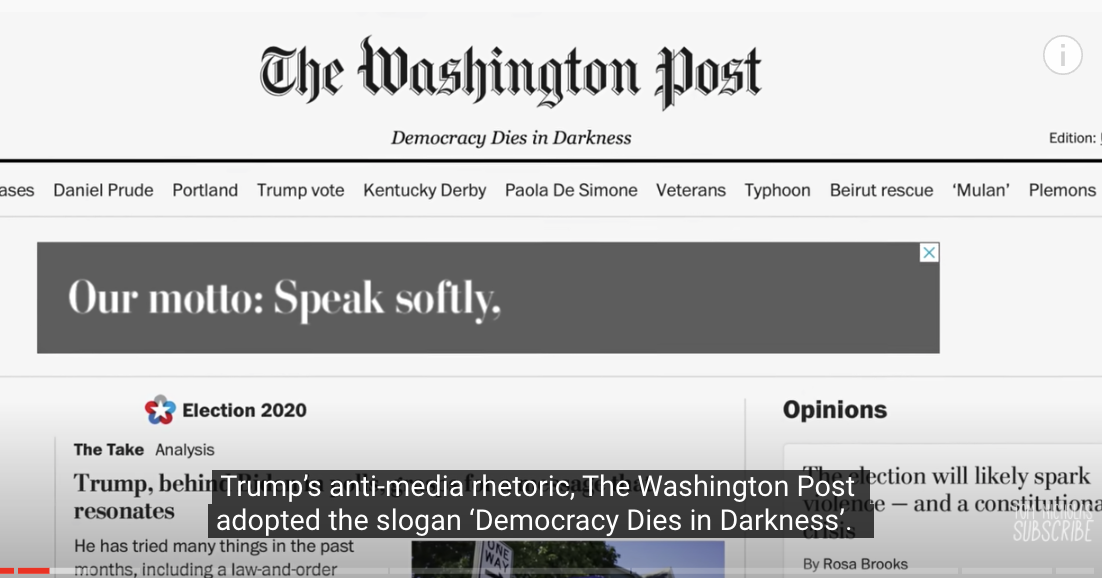Seeking Truth, Preserving Trust
Years ago, facts reported by news organizations were less likely to be disputed. Audiences trusted scientific evidence, first-person/ witness accounts, evidence-based surveys, reputable studies and authoritative sources.
While information came from fewer sources, a higher percentage of information came from reporters who were employed by institutions that created clear lines between opinion and fact. News organizations paid content creators livable wages for this type of vetted information. In today’s media landscape, paid truth-seekers & fact-finders are now in the minority.
As everyday citizens encounter an ever-greater flow of data, they have more need – not less – for suppliers of information dedicated to verifying the news and putting it in context.
Today, all media is being challenged, considered by many to be”fake” and “biased.” Even before the pandemic, news organizations could predict the attack on democracy and the fallout of the shortage of trusted sources of information.
The modern journalist has a heavy responsibility:
- Verify what information is reliable.
- Write, craft and communicate it so people can grasp it and understand how to make sense of it.
- Pursue truth from multiple perspectives for the common good.
- Maintain independence, stay free of influence.
In today’s media landscape, paid truth-seekers & fact-finders are now in the minority.
Seeking truth in media today takes more work on the part of the consumers, who are increasingly driven to seek out news they agree with – even if it comes from unreliable sources. Social media platforms – fueled by the advertising dollars that once supported journalism – profits from this often insatiable demand for divisive, one-sided flow of information.

DOLLARS AND SENSE
THE BIG QUESTION REMAINS: How do we find a financial viable way to offer ALL CITIZENS access to the tools they need to extract knowledge so they can see beyond the flood of “influencers,” unsubstantiated rumors, propaganda, gossip, and unproven allegations that now dominate our media landscape?
Most people today get their news via Social Media.
Social media algorithms influence how we see the world – whether we like it or not.
“They also maximized the reach of the incendiary—the attacks, the misinformation, the conspiracy theories. They pushed us further into our own hyperpolarized filter bubbles. “There are bad people doing bad things on the internet—QAnon, white supremacists—it’s not that Facebook, YouTube and other social-media sites allow it on their platform. It’s that they amplify it,” says Hany Farid, a computer science professor at the University of California, Berkeley. The worst-case scenarios are no longer just hypothetical. People are shown things that appeal most to them, they click, they read, they watch, they fall into rabbit holes that reinforce their thoughts and ideas, they connect with like-minded people. They end up in their own personalized version of reality. They end up inside the U.S. Capitol.”
Wall Street Journal

